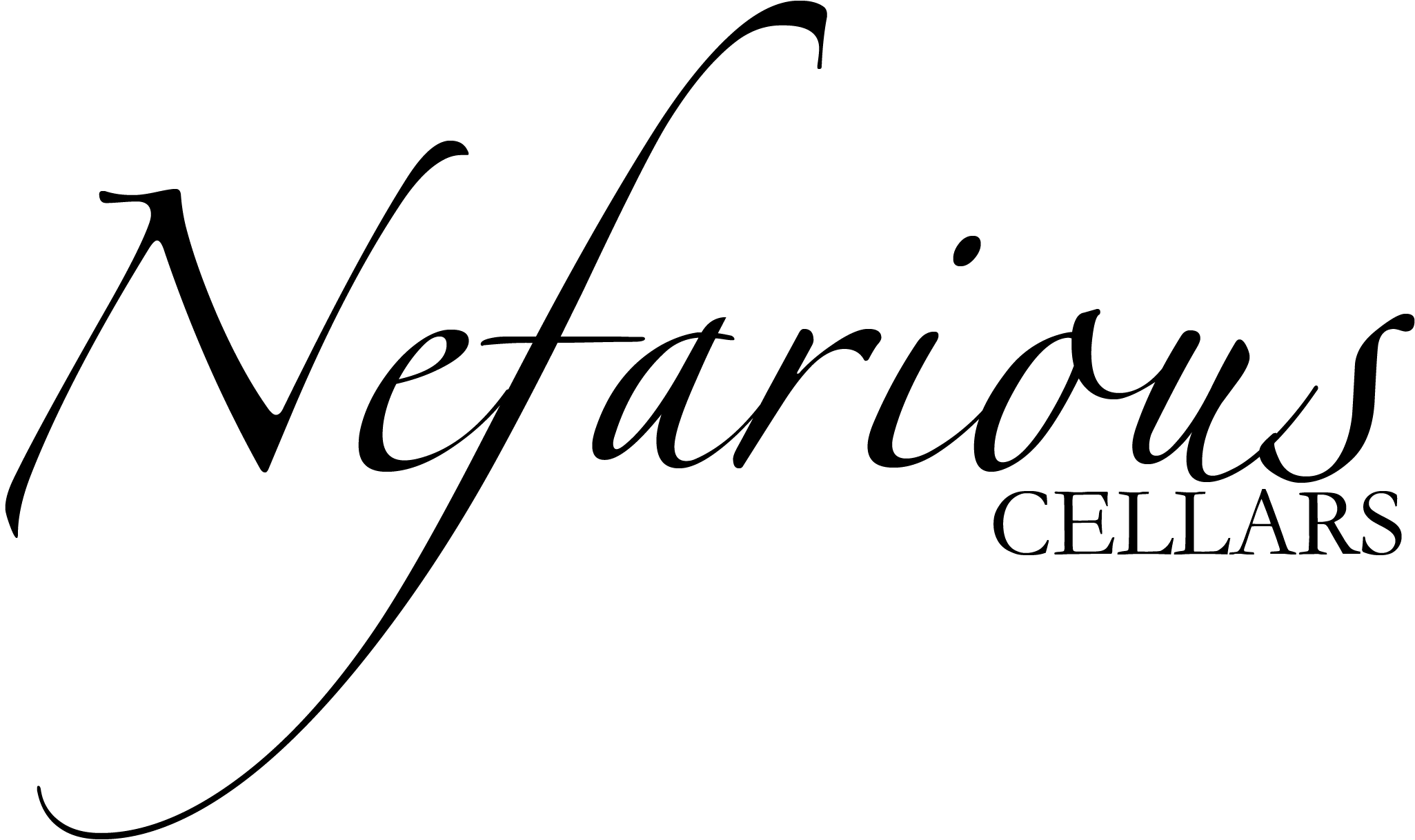HOW TO READ NEW WORLD WINE LABELS
Let’s talk about how to read New World wine labels, specifically those from my winery in Washington State. All the things that I'm going to talk about should translate to any New World wine. Whether you're talking about Canadian wines, Argentinean wines, South African wines, wines in New Zealand, or Australian wines-- you get the picture. The same fundamentals exist on all of these labels.
The most interesting things to find on wine labels are on the back. This is where all the information is. We're trying to capture your interest and your intrigue on the front. We're going to tell you all the details on the back. You'll often find a vintage date on the back of wine labels. On this one, it’s 2017. That is the year in which the grapes were harvested, and the wine was fermented. The next thing that you'll find is the producer and you'll find the region in which the wine is grown. In this case, it comes from our vineyard in Lake Chelan, so the label states that, Lake Chelan AVA. There is also a statement, this is my favorite part of any wine label, it is the produced and bottled by statement. Under that, the winery is required to identify the location in which that happened. Our winery is in Lake Chelan, we make the wine at our facility and bottle it in the same place, so it says Lake Chelan.
On wine labels, this is a great little spot to sleuth out more information about wine.
Produced and bottled by or made and bottled by tells you that that wine was made by that producer and bottled in the location that was listed here. If you see a statement that says cellared or blended by followed by bottled by that means that that wine didn't originate at that winery. That means it was brought to a winery to be finished there. That means the barrels or the bulk wine were transported to that facility and then blended there.What I particularly find the most interesting about this statement is a lot of wineries will have more than one label. In our case, we just have Nefarious Cellars. It's the only thing that we do. Oftentimes when you're in a bottle shop, and you're turning over the backs of those bottles and you’ll see a new wine from a region that you love. You can find enough information on the back to think, “Oh my gosh, I had no idea that so and so also makes this label I love. I can't wait to try this too.” That's a pretty cool thing.
The other thing that you'll find on the back of the label is the varietal or varietals.
I have two samples of what we do here. Viognier is a single variety of grape stated on the back and the front of the label. You know when you buy this you are buying a bottle of wine that's made with the viognier grape. You can associate it with the traditional flavors and characteristics of viognier and know that that's what you're getting.The other thing that I have is a bottle we make called The Spinner. Essentially, it's our bordeaux blend. I know this because I make this, but you wouldn't know that just reading the name Spinner. You'd have absolutely no idea what's in there, and that is something that comes up so often. It's common for wineries to put their name on something and, once again, we do that sleuthing on the back of the wine label. Winemakers are required to tell you exactly what's in the bottle. When you turn it over you're going to find out that it's made with cabernet franc, malbec, and merlot. When I pick up this bottle, and I notice that I love the label and I love the idea of the name, I also know what I am purchasing. Those are most of the things you'll find on wine labels.
The other thing that is a fantastic and useful statement is alcohol.
You'll always find that on the front, alcohol by percentage of volume and again here on the back. So, you'll have an idea of what the alcohol is like. That's a great indication of the varietal. White wines tend to have lower alcohol than red wines. Alcohol by volume is also a great way to indicate whether a vintage in that region was cooler or warmer. You probably don't have a photographic memory and remember every region and what every season was like. When comparing vintages, the alcohol by volume can indicate that 2009 was a warm year in Washington and 2010 was a cooler vintage. You can pick up a little bit on that by gauging the alcohol based on what that looks like against other wines with those same varietals and the same sort of composition. In general, lower alcohol means a lower temperature. Higher alcohol means that there were higher temperatures. I hope that was helpful to you. Be sure and subscribe to our YouTube channel. We've got lots more great content coming up for you including how to read French wine labels. It's a whole lot trickier than reading a New World label. I'll see you later!


